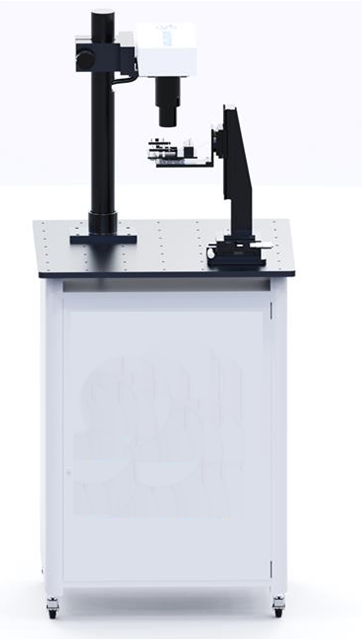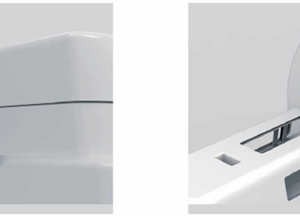
Laboratory near-infrared animal OCT system
- The 250K scan speed significantly reduces the impact of physiological movements such as respiration and heartbeat in mice, enabling stable acquisition of large-field-of-view OCTA images of the mouse retina.
- OCTA images allow measurement of various parameters, including blood vessel diameter, vessel density, vessel length density, average vessel tortuosity, and fractal dimension of the vascular network.
- With an axial resolution of 2.3μm, the system achieves clear imaging of retinal layers, enabling measurement of spectral reflectance between retinal layers and retinal layer thickness.

OCTA angiography images

OCT en-face image
Laboratory dual-wavelength animal VNOCT system


Mouse retina B-scan image


Reviews
There are no reviews yet.